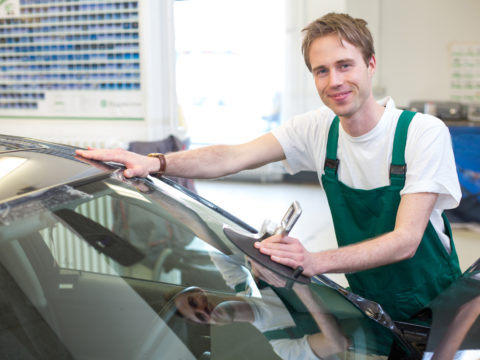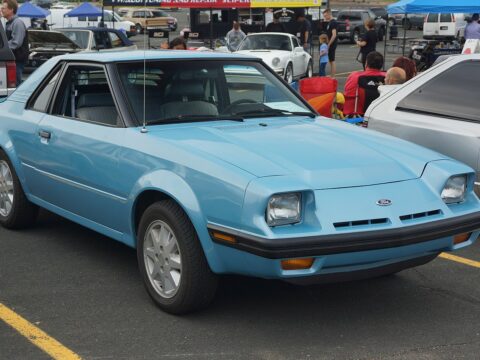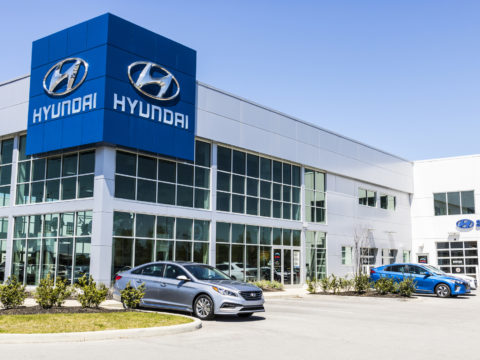British cars have long been admired for their unique charm and engineering, but not all models have stood the test of time. Some classics, once celebrated, have lost their allure due to various design flaws, reliability issues, or simply because they haven’t aged well. Here’s a look at 15 such cars that have seen their charm fade over the years.
Contents
Austin Allegro
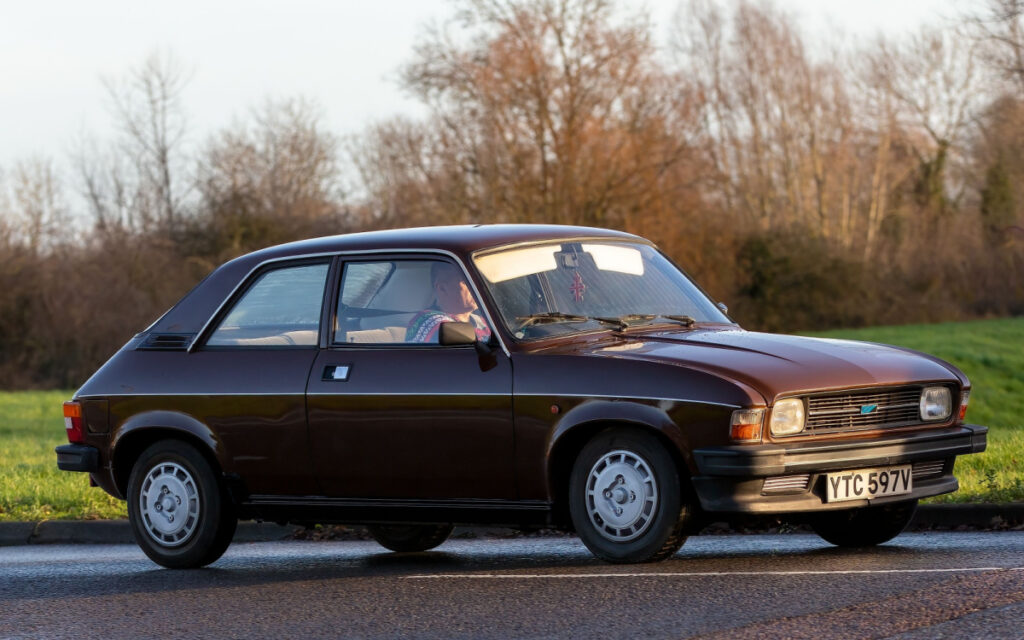
The Austin Allegro was introduced in the 1970s with hopes of bringing modernity to British motoring, but it quickly became infamous for its quirky “quartic” steering wheel and lackluster performance. While it was intended to be a practical family car, its boxy design and frequent mechanical issues earned it a reputation as one of the worst cars of its time.
Morris Marina
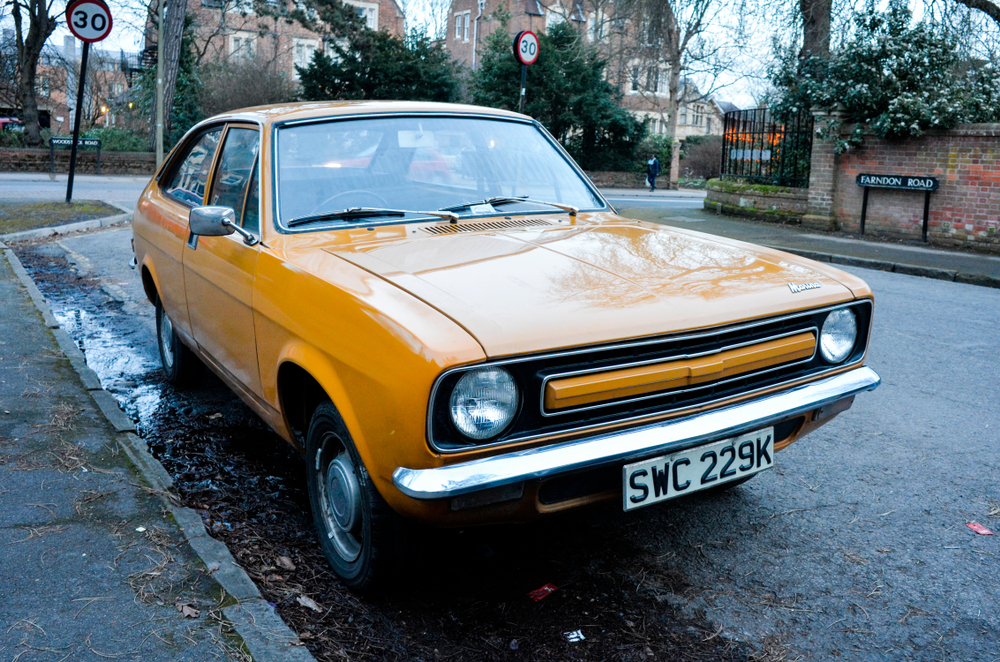
Launched as a competitor to the Ford Escort, the Morris Marina was a best-seller in its day but has since become a symbol of mediocrity. Despite its initial popularity, the Marina suffered from poor build quality, a dull design, and a lack of innovation that failed to inspire car enthusiasts. Today, it’s often criticized for being one of the least interesting vehicles from British Leyland, with its uninspired engineering overshadowing any sense of classic charm.
Triumph Stag
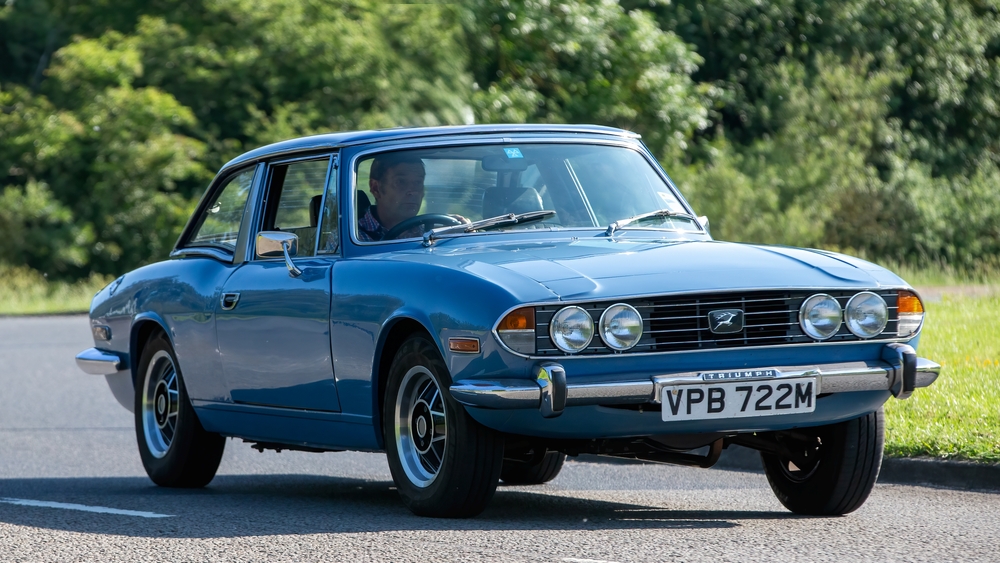
The Triumph Stag was designed to be a luxurious grand tourer with a sleek design and a powerful V8 engine, but it was plagued by severe reliability issues. Engine overheating and frequent mechanical failures overshadowed its stylish appearance, leading to a reputation that never fully recovered. Today, the Stag’s charm is largely overshadowed by its history of mechanical woes.
Rover SD1
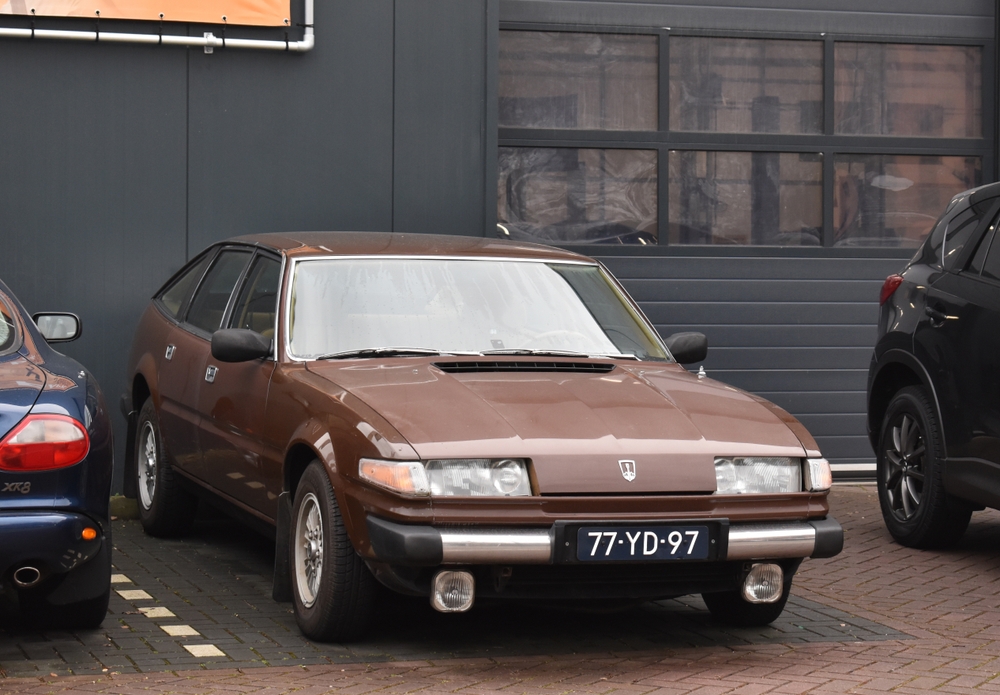
The Rover SD1 was celebrated for its futuristic design and spacious interior when it first appeared in the late 1970s. However, the car quickly became known for its poor build quality and frequent reliability issues, which tarnished its initial appeal. Although it was once a symbol of British engineering innovation, the SD1’s problematic nature has led to its decline in popularity among classic car enthusiasts.
Hillman Imp
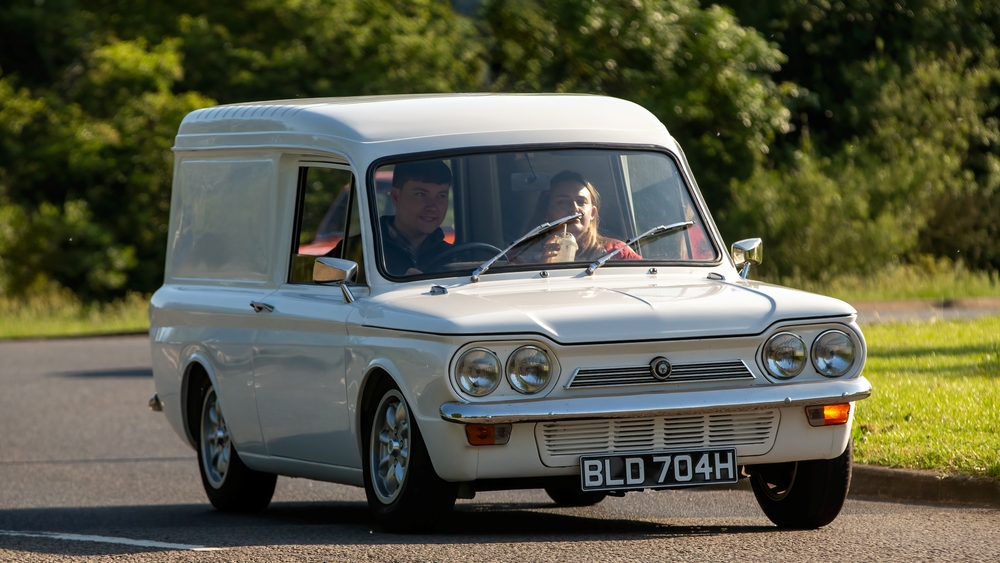
The Hillman Imp was Rootes Group’s answer to the popular Mini, featuring a rear-engine layout and innovative features. Despite these advancements, the Imp was plagued by reliability issues and production delays, which prevented it from achieving the same level of success as its competitors. The Imp’s initial potential has been largely forgotten, and it has struggled to maintain its charm as a classic.
Austin Maxi
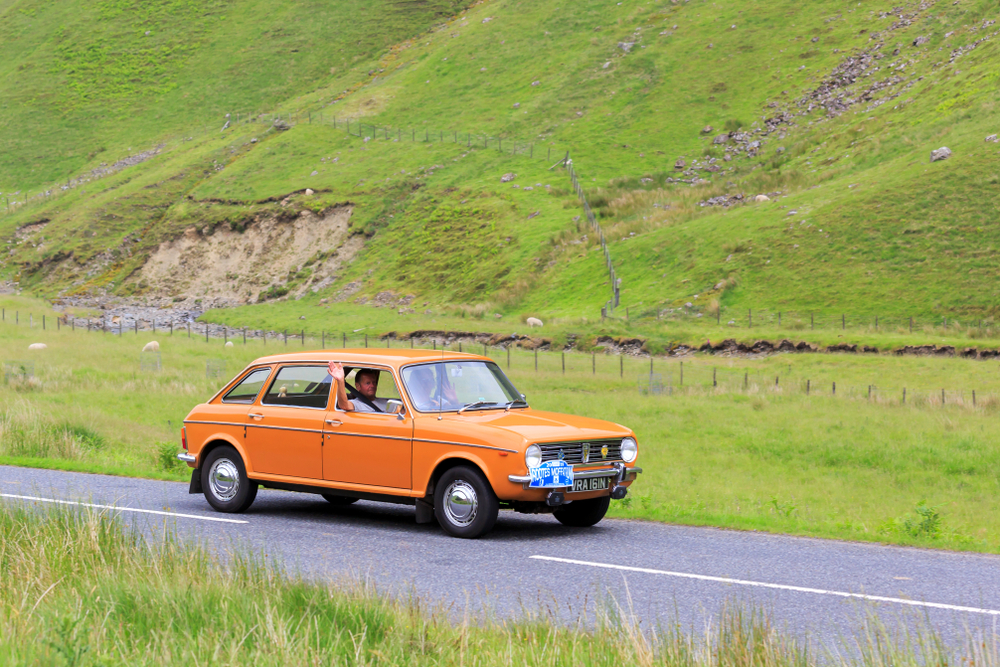
As Britain’s first five-door hatchback, the Austin Maxi was intended to be a versatile family car with a practical design. Unfortunately, its boxy appearance and underwhelming performance left much to be desired, and it failed to capture the hearts of motorists. The Maxi’s reputation was further marred by poor build quality and a lack of excitement, leading to its decline in popularity.
Vauxhall Viva
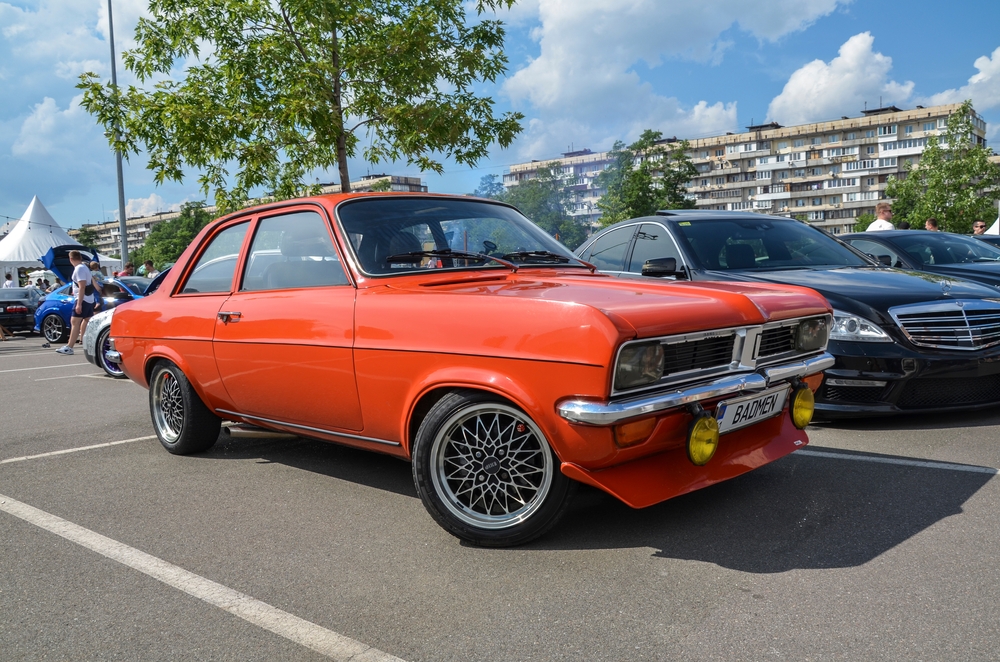
The Vauxhall Viva was a reliable and affordable car that became a staple on British roads in the 1960s and 1970s. However, its plain design and lack of standout features have made it less desirable as a classic. While it served its purpose well in its time, the Viva hasn’t aged gracefully, and its charm has faded compared to more iconic British cars.
MG Midget
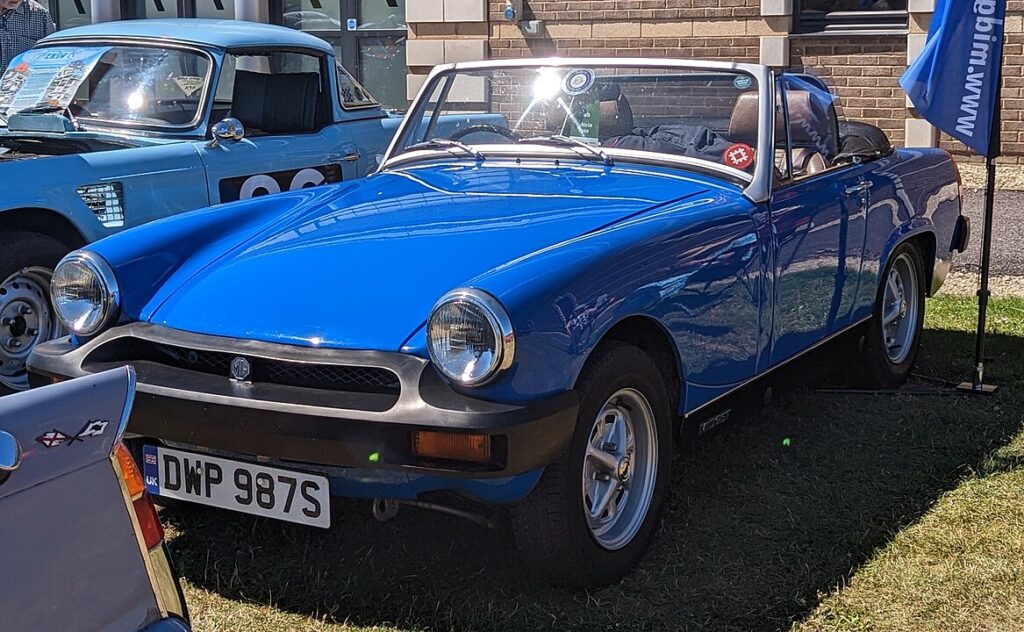
The MG Midget was once a popular choice for those seeking an affordable and fun-to-drive sports car. However, its cramped interior, minimal amenities, and lack of power have made it less appealing to modern enthusiasts. As more refined and comfortable classic sports cars have emerged, the Midget’s charm has diminished. Today, it’s often viewed as too basic and uncomfortable to be a desirable classic.
Jaguar XJ40
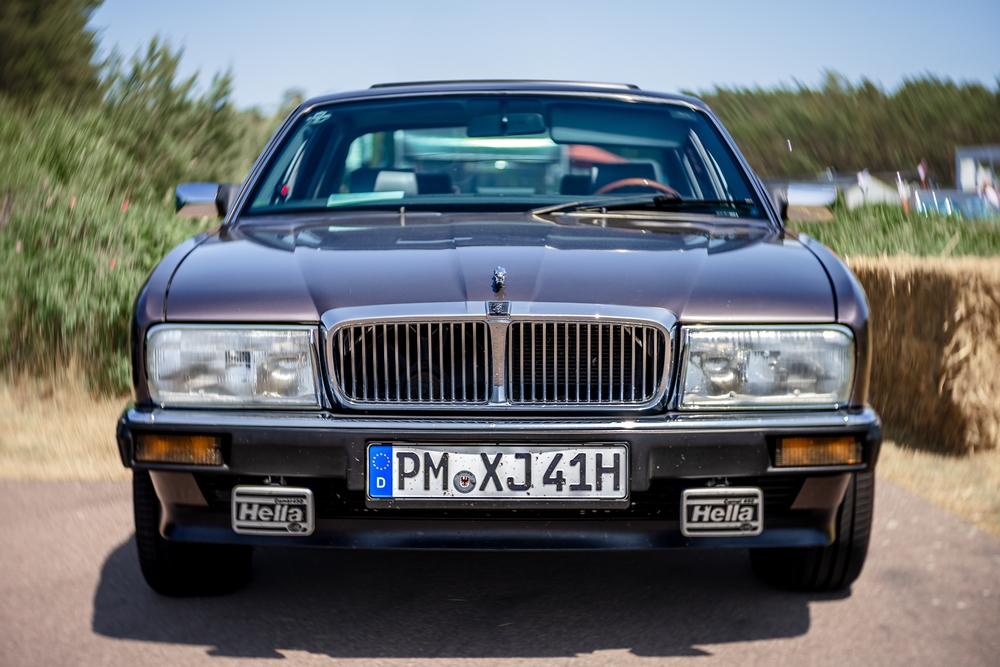
Introduced as a modern take on Jaguar luxury, the XJ40 featured advanced electronics and a more contemporary design. Despite these innovations, the XJ40 was hampered by quality control issues and an appearance that hasn’t aged well. What was once considered a symbol of progress for Jaguar now struggles to maintain its allure among classic car collectors. The XJ40’s charm has faded as it is increasingly seen as an outdated and problematic model.
Triumph TR7
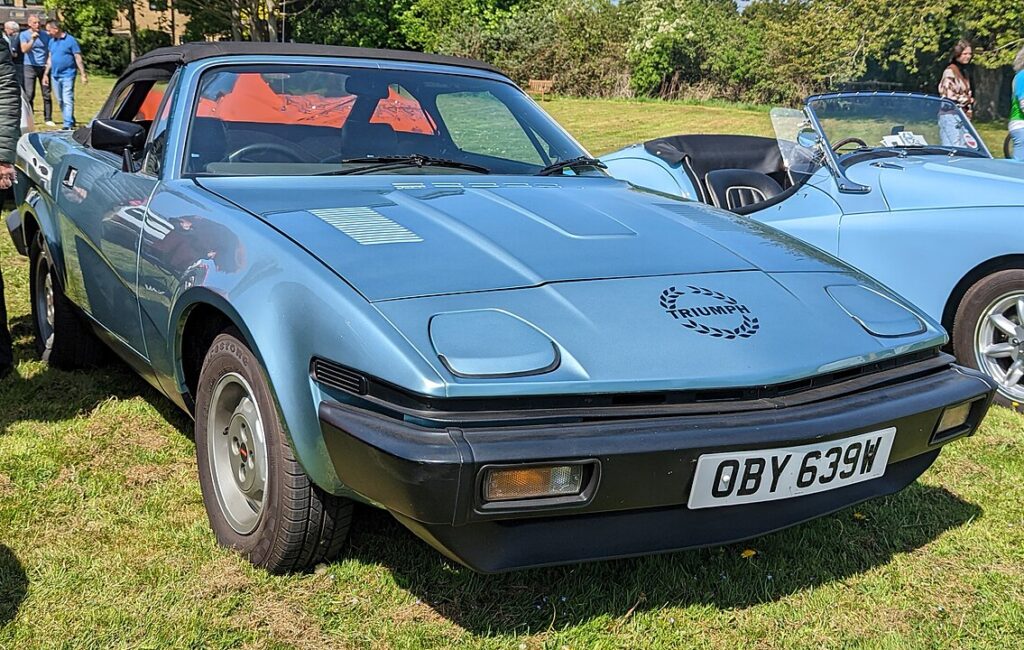
The Triumph TR7’s bold wedge design was intended to be a departure from traditional sports cars, but it proved to be divisive among enthusiasts. Coupled with inconsistent build quality and underwhelming performance, the TR7 failed to live up to the expectations set by its predecessors. Although it was meant to rejuvenate the Triumph brand, the TR7’s reputation never fully recovered, and it has since been overshadowed by more successful models.
Rover 2000 (P6)
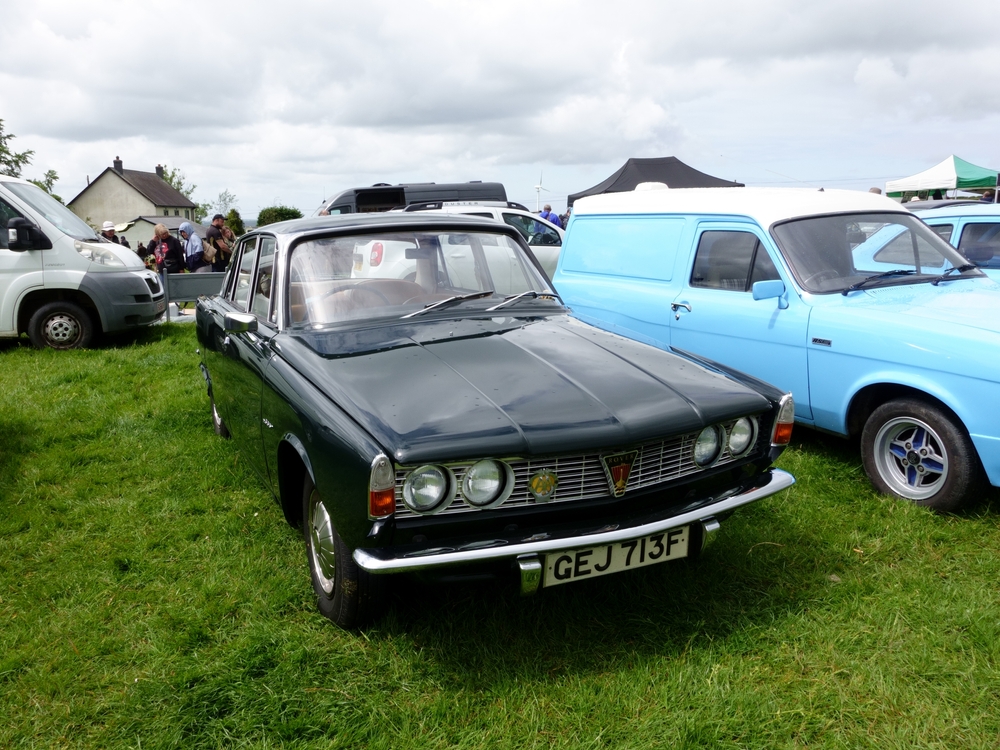
The Rover 2000, or P6, was ahead of its time with advanced safety features and a modern design when it debuted in the 1960s. Despite its initial success, the P6 has struggled to maintain its allure as a classic due to its complex mechanical systems and susceptibility to rust. The cost and effort required to keep a P6 in good condition have deterred many enthusiasts, leading to a decline in its popularity. Once seen as innovative, the P6 is now often viewed as more trouble than it’s worth.
Sunbeam Rapier
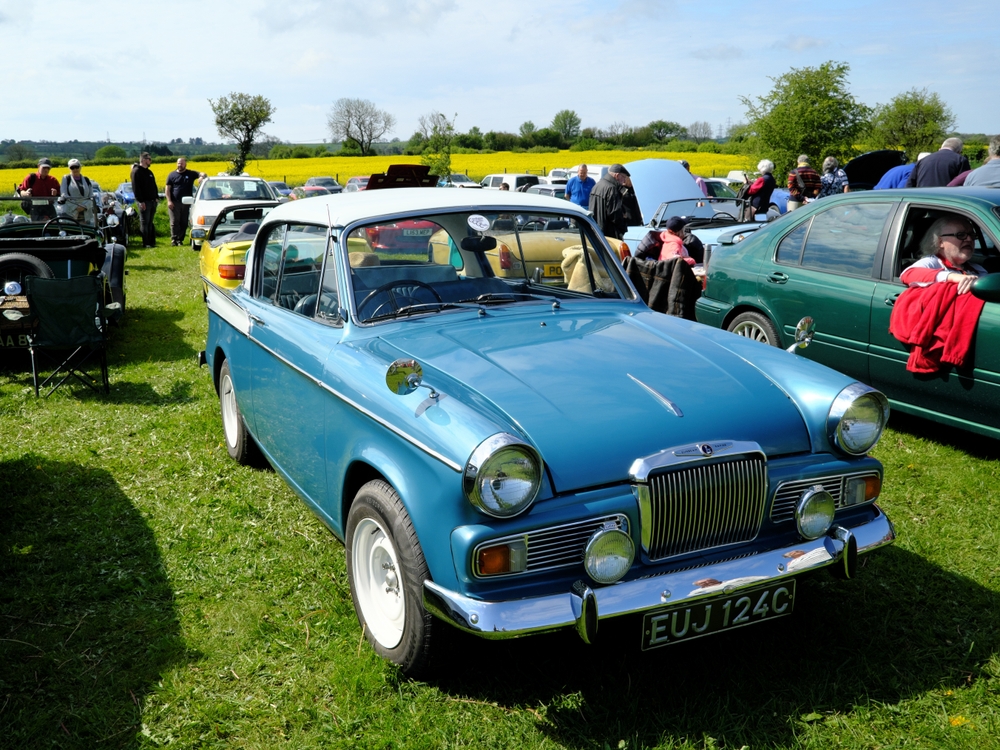
The Sunbeam Rapier, with its sleek lines and sporty image, was once considered a stylish choice among British coupes. However, its appeal has waned over the years due to its aging design and lackluster performance compared to other classic cars. While it offered a touch of elegance in its time, the Rapier has been largely overshadowed by more iconic British vehicles.
Jaguar X-Type
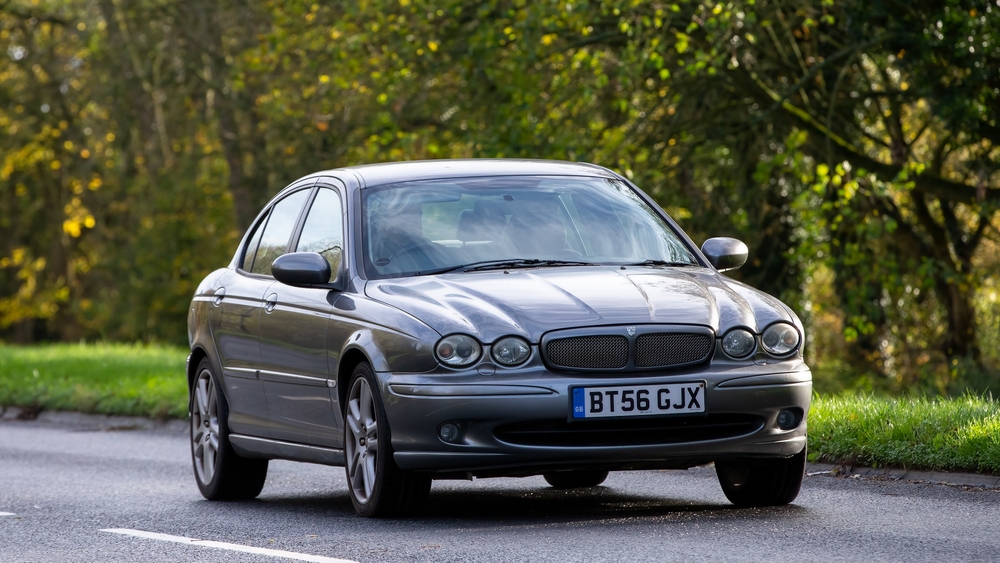
The Jaguar X-Type was introduced as an attempt to bring Jaguar luxury to the mass market, but it was heavily criticized for its reliance on Ford Mondeo underpinnings. This connection to a more common and less prestigious model tarnished the X-Type’s image, preventing it from achieving the status of a true classic Jaguar. Although it offered some of the brand’s signature luxury features, its overall design and performance left much to be desired.
Austin-Healey Sprite
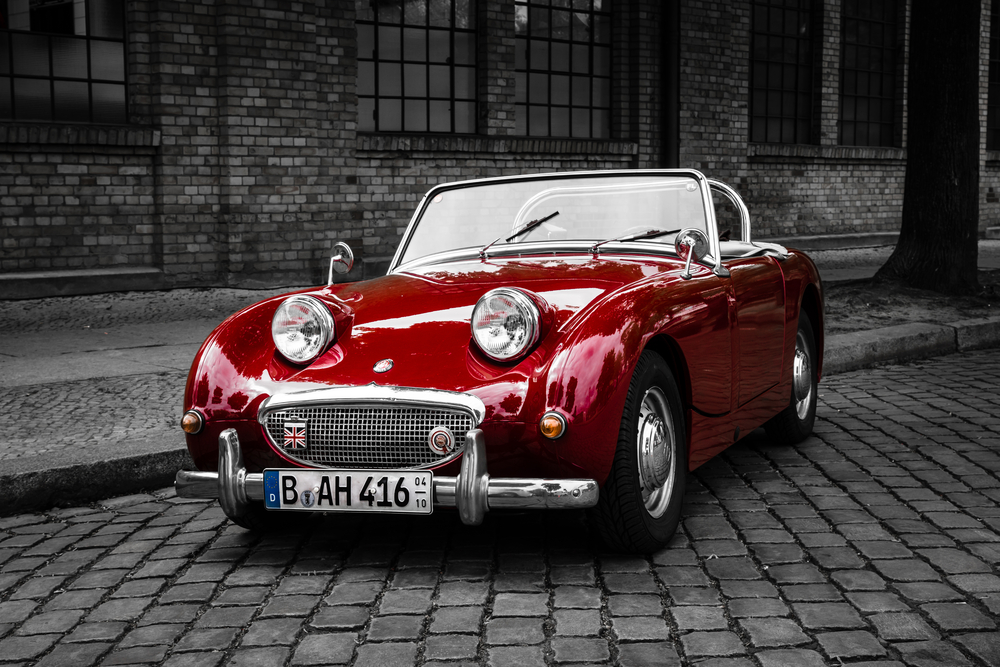
The Austin-Healey Sprite, particularly the iconic “Frogeye” model, was a beloved small sports car in its heyday. However, its tiny size, basic amenities, and lack of modern comforts have made it less appealing to today’s classic car enthusiasts. While it remains a fun car to drive, many find it too cramped and uncomfortable for regular use. Over the years, the Sprite’s charm has diminished as more practical and refined classic sports cars have taken center stage.
Lotus Europa
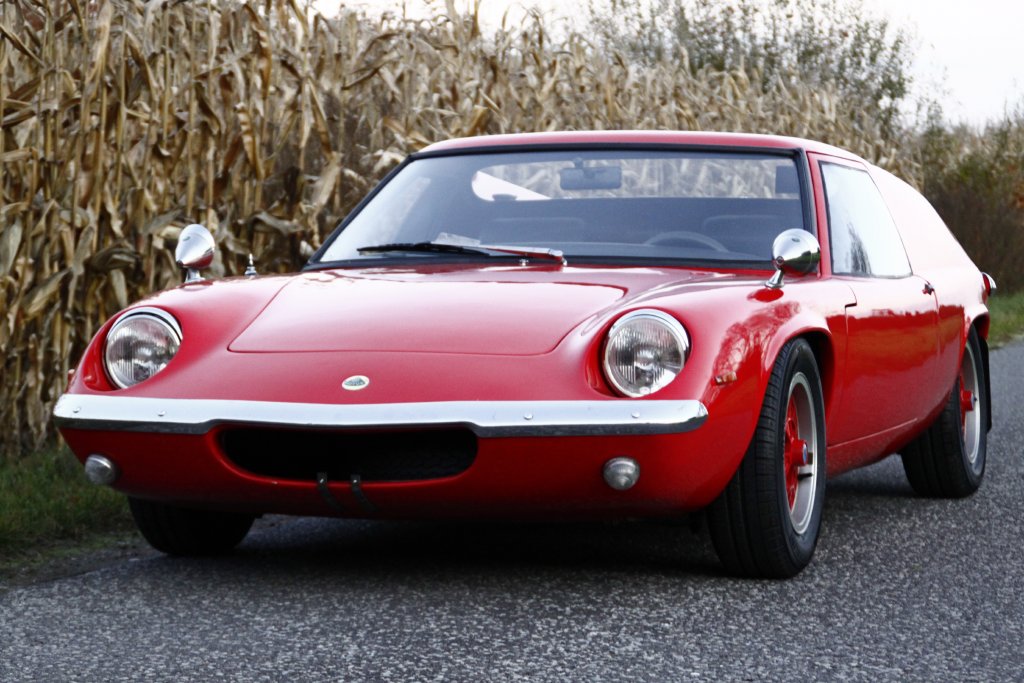
The Lotus Europa was a groundbreaking sports car when it first appeared, offering impressive handling and a unique mid-engine design. Despite these innovations, the Europa’s unconventional styling and cramped interior have made it less desirable as a classic. While it remains an interesting piece of automotive history, its peculiar design and build quality issues have caused it to lose much of its appeal.
This article originally appeared on MyCarMakesNoise.
More from MyCarMakesNoise
20 V8 Sports Cars That Vanished from the Spotlight
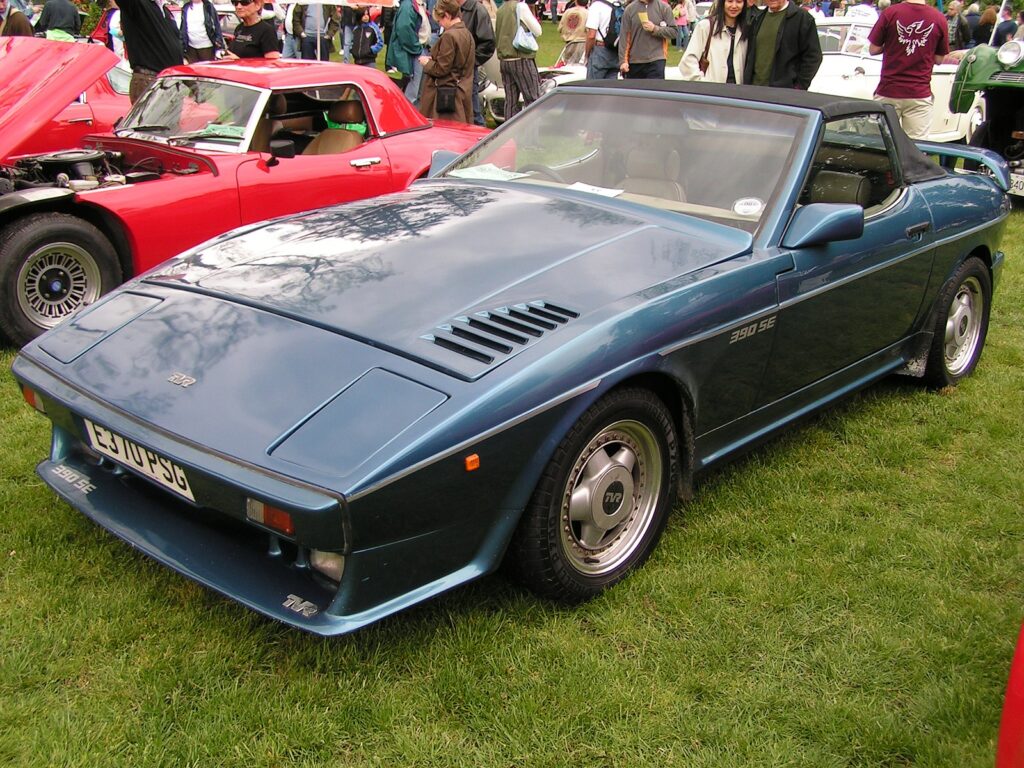
Not all sports cars achieve lasting fame, and some fade into obscurity despite their impressive performance and unique designs. In this article, we explore a selection of sports cars that have been largely forgotten over time. Read More.
10 Retro Agricultural Vehicles Still Used Today
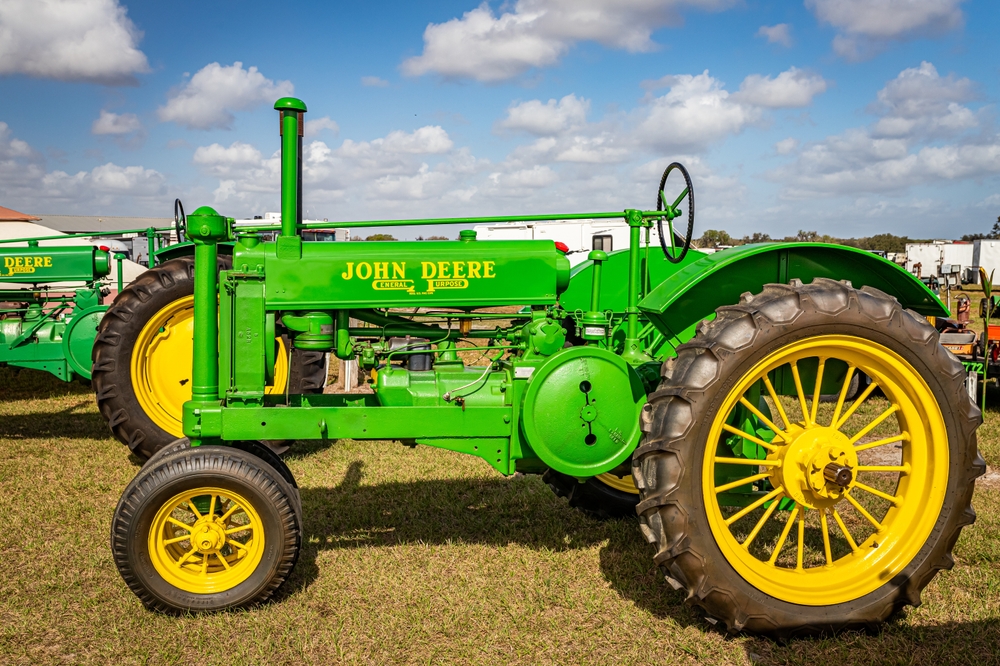
In the fast-paced world of modern agriculture, where technology reigns supreme, a surprising number of farmers still rely on retro agricultural vehicles. These machines, often decades old, continue to plow, plant, and harvest alongside their more technologically advanced counterparts. Read More.
10 Vintage Trains Still in Operation
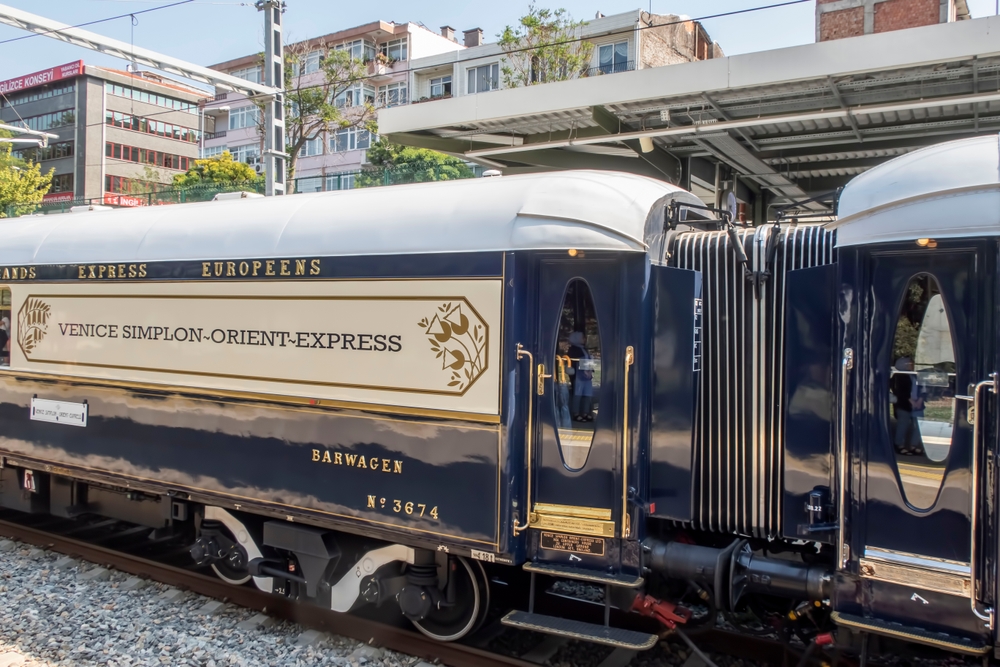
Step aboard the timeless journey of vintage trains that still capture the heart of railway romance and adventure. Across the globe, these moving museums preserve the golden age of rail travel, offering more than just a ride – they serve as a portal to the past, allowing passengers to experience the luxury, charm, and history of classic locomotion. Read More.


